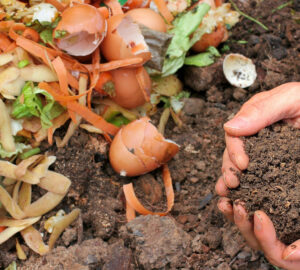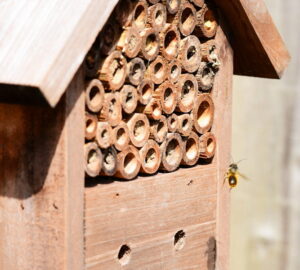Strawberries are one of the easiest fruits to grow, making them an ideal choice for novice gardeners. They require minimal care and can be grown in a variety of locations, including raised beds, containers and hanging baskets. Strawberries are also highly nutritious, packed with vitamins, fiber and antioxidants, making them a healthy addition to any diet.
Growing strawberries can be a fun activity for the whole family to participate in, teaching children about the importance of growing their own food and giving them the satisfaction of harvesting their own delicious strawberries. Here are some tips for planting them in your garden:
Choose the right location
Strawberries love sunlight, so choose a spot in your garden that receives at least 6 hours of direct sunlight per day. Choose a spot that receives morning sun and afternoon shade, if possible. Avoid areas that are prone to frost, as strawberries are sensitive to cold temperatures.
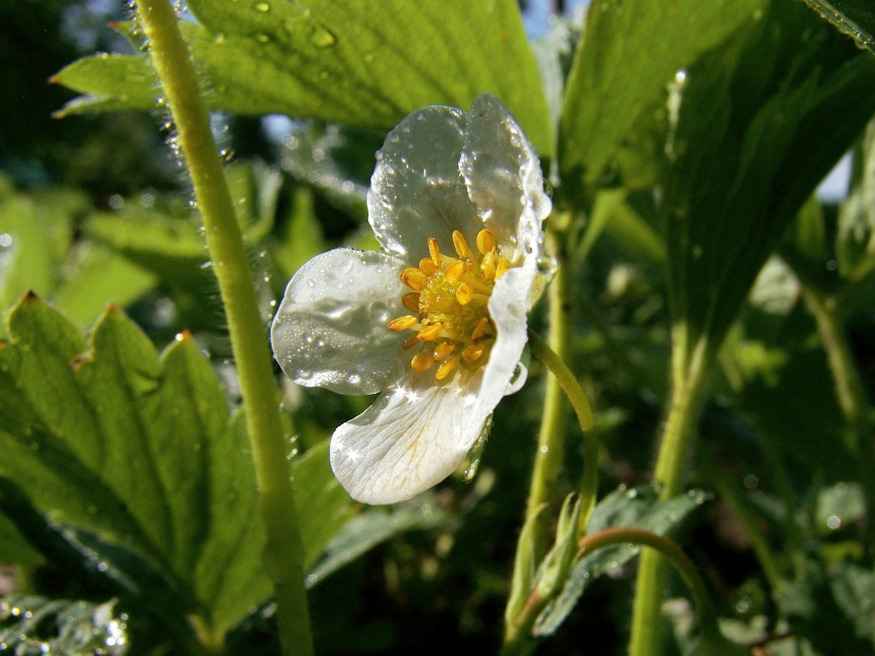
Prepare the soil
Strawberries prefer well-draining soil that is rich in organic matter. Mix compost or well-rotted manure into the soil before planting to improve its texture and fertility.
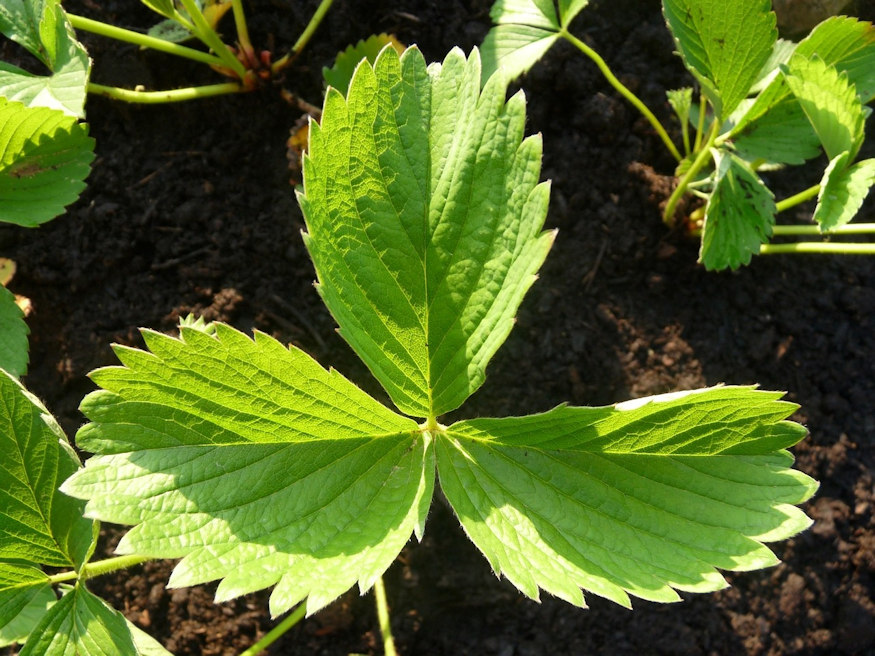
Here are some steps to prepare the strawberry bed in your garden:
Remove weeds and debris
Remove any weeds or debris from the area where you want to plant the strawberries. You can use a hoe or a rake to loosen and remove the top layer of soil.
Test soil pH
Strawberries prefer slightly acidic soil, with a pH range between 5.5 to 6.5. You can test your soil pH with a soil test kit, available at garden centers.
Amend soil
If your soil is too alkaline (pH greater than 7), you can amend it with sulfur or aluminum sulfate. If the soil is too acidic, you can add lime to raise the pH. Also, add organic matter such as compost, manure or peat moss to improve soil fertility.
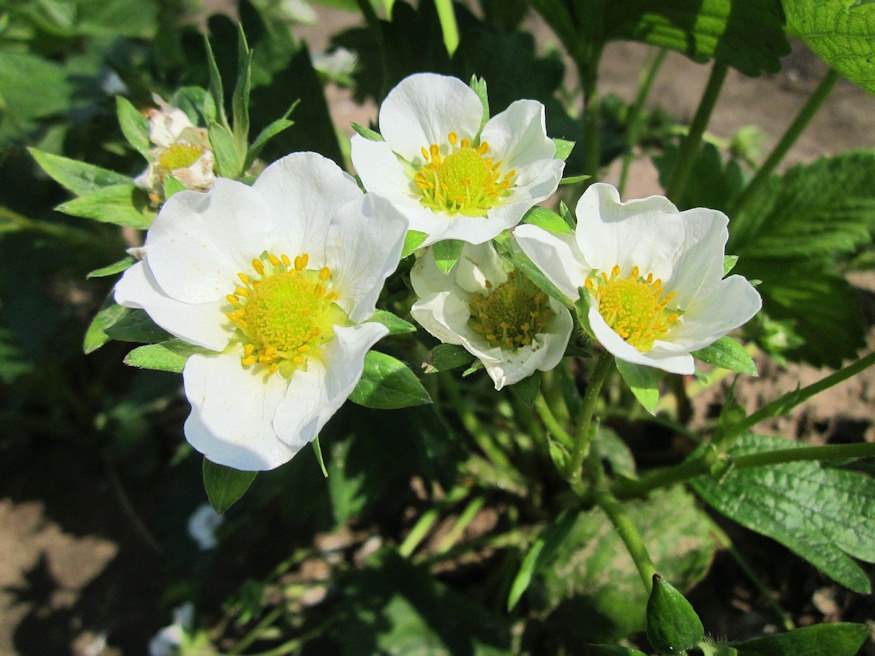
Create raised beds
Creating raised beds will improve soil drainage and provide better air circulation around the plants. You can make raised beds by mounding soil into a raised row, or by using lumber or bricks to construct a frame.
Plant at the right time
In most regions, strawberries can be planted in the spring or fall. Planting in the fall allows the roots to establish before the plant goes dormant in the winter. Spring planting can also be done, but make sure to choose a time when the soil is workable and not frozen, and avoid planting too late in the season.
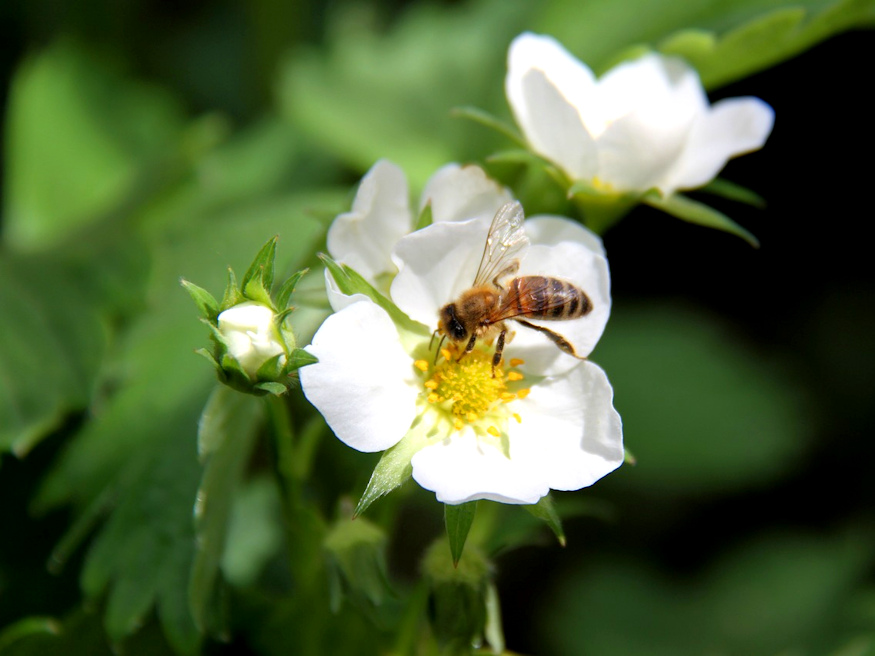
Space the plants correctly
Strawberries should be planted about 45-60 cm (18-24 inches) apart in rows that are 60-90 cm (2 to 3 feet) apart. This will give the plants enough space to grow and allow them to spread out without competing with each other.
Plant at the right depth
When planting your strawberry plants, make sure the crown (the point where the leaves meet the roots) is level with the soil surface. Planting too deep can cause the crown to rot, while planting too shallow can expose the roots and dry them out. Water thoroughly after planting.
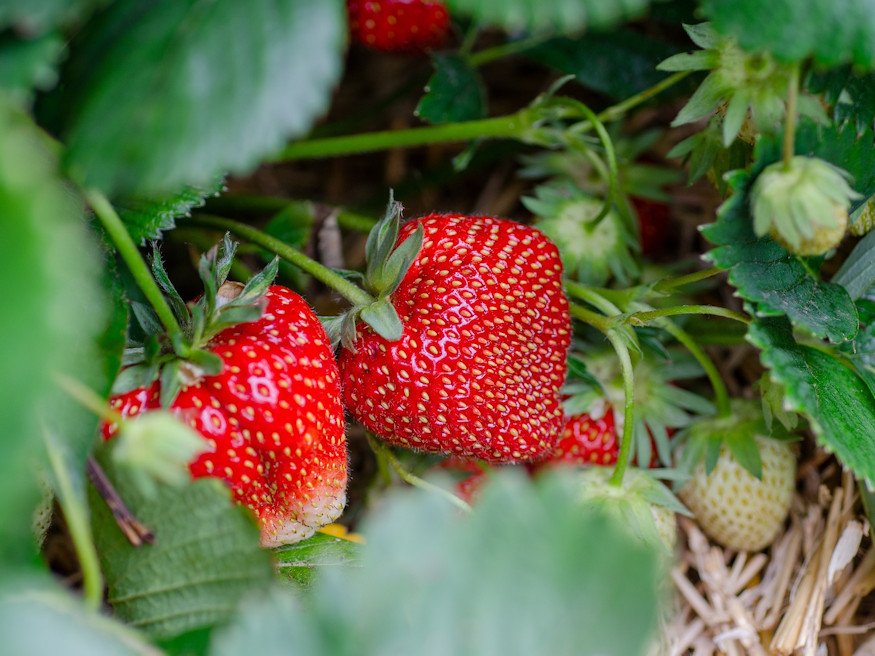
Water regularly
Strawberry plants need consistent moisture to thrive. Keep the soil moist but not waterlogged. Water deeply once a week, or more often if the weather is hot and dry.
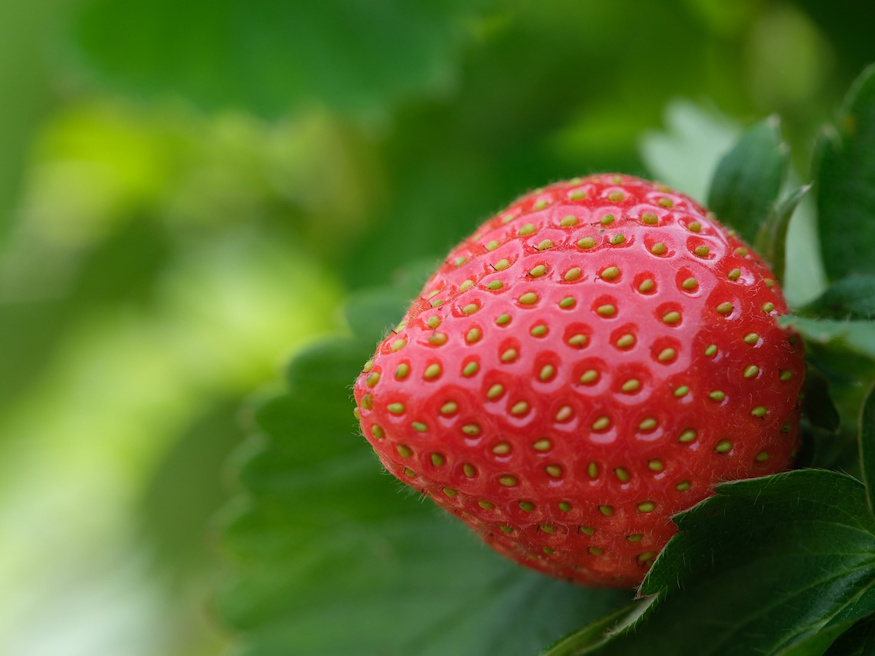
Mulch to retain moisture
A layer of mulch around your strawberry plants will help retain moisture in the soil and keep weeds at bay. After planting, mulch around the plants with straw, pine needles or leaves to conserve moisture and suppress weeds. Keep the mulch away from the crowns of the plants to prevent rotting.
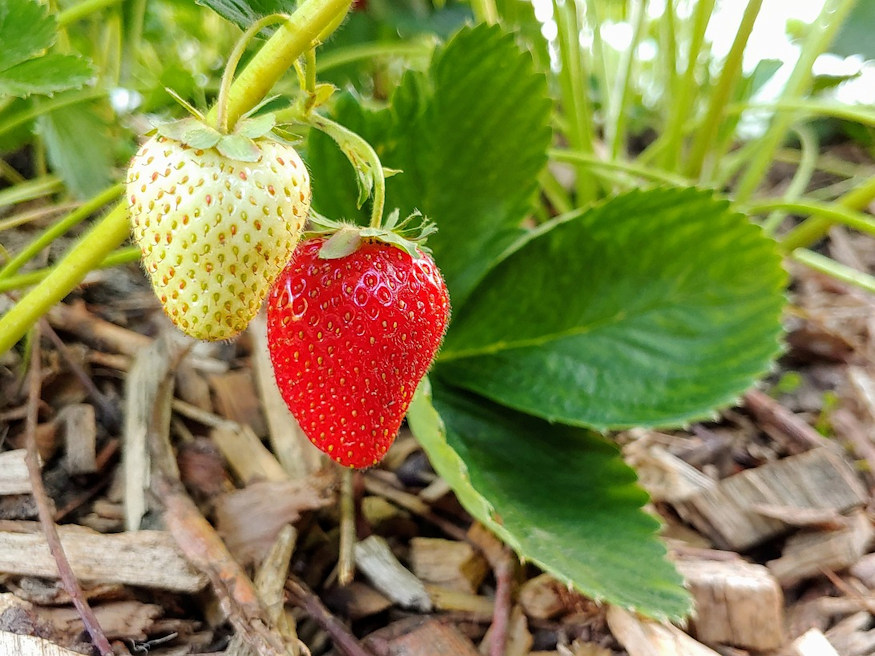
Fertilize appropriately
Strawberries benefit from regular applications of fertilizer. Add a balanced fertilizer, such as a 10-10-10 or 16-16-16, to the soil before planting. Follow the package instructions for application rates.
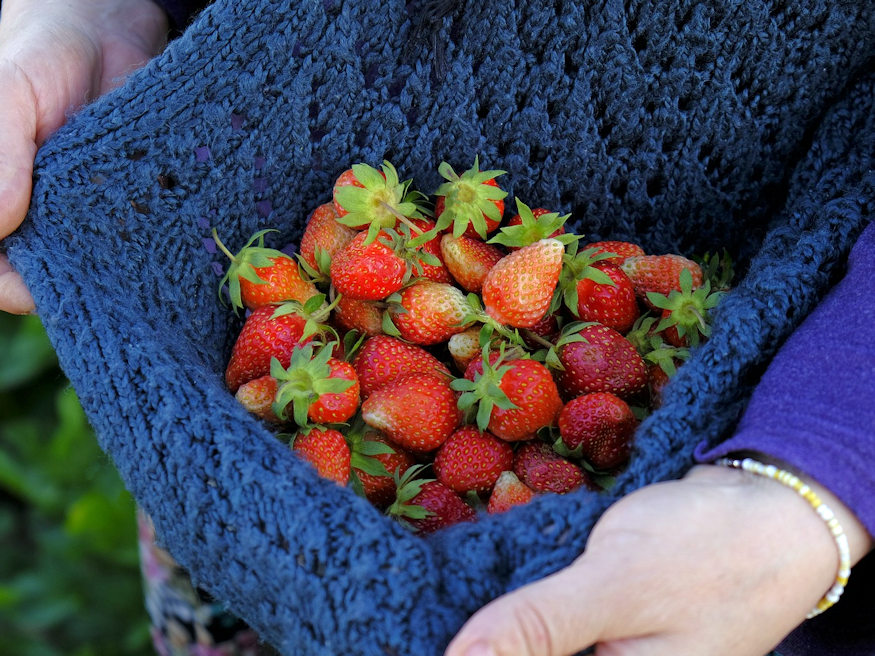
Overall, growing strawberries is a great way for novice gardeners to gain experience and confidence in gardening, while enjoying the benefits of growing their own nutritious and delicious fruit. By following these steps, you should have a healthy and productive strawberry bed in your garden. Good luck with your planting!







